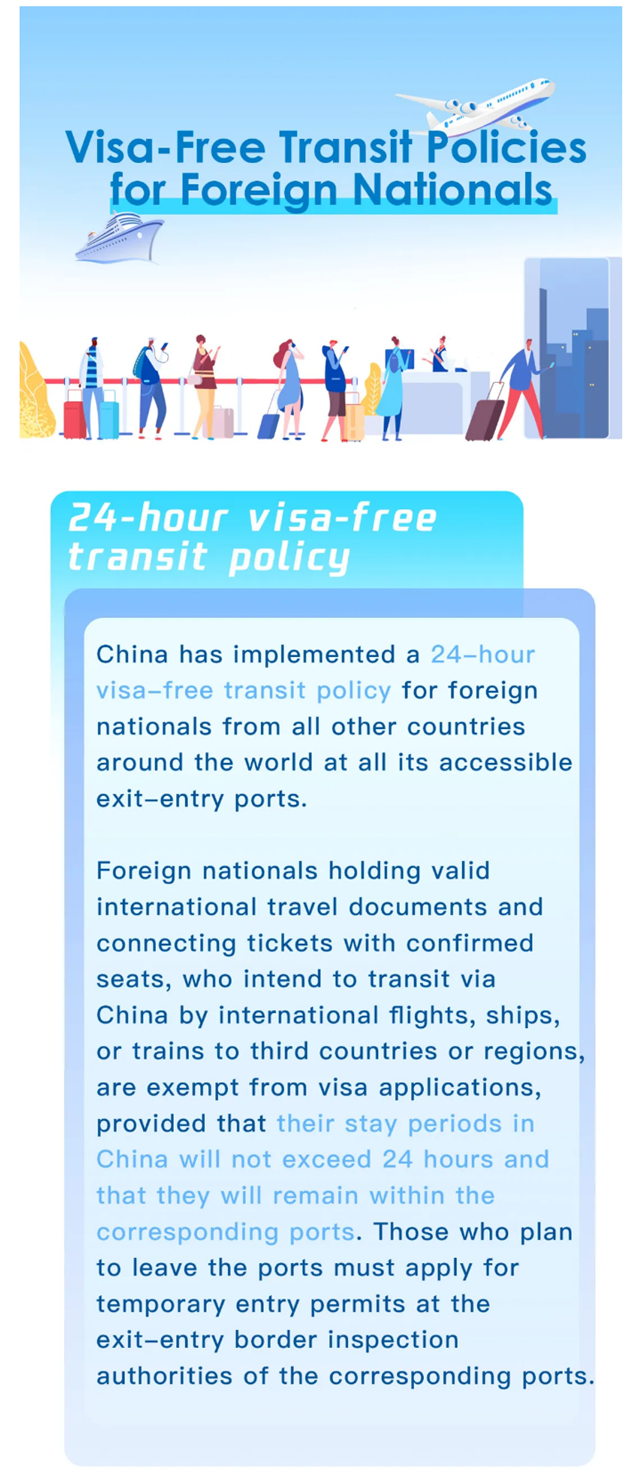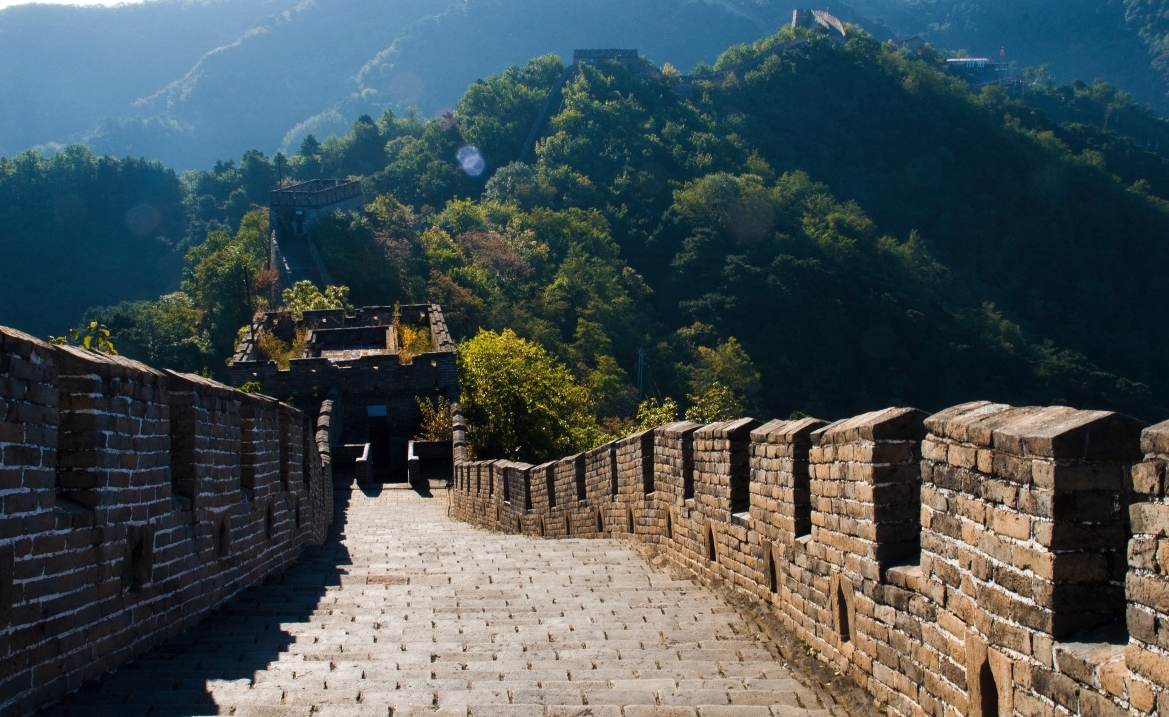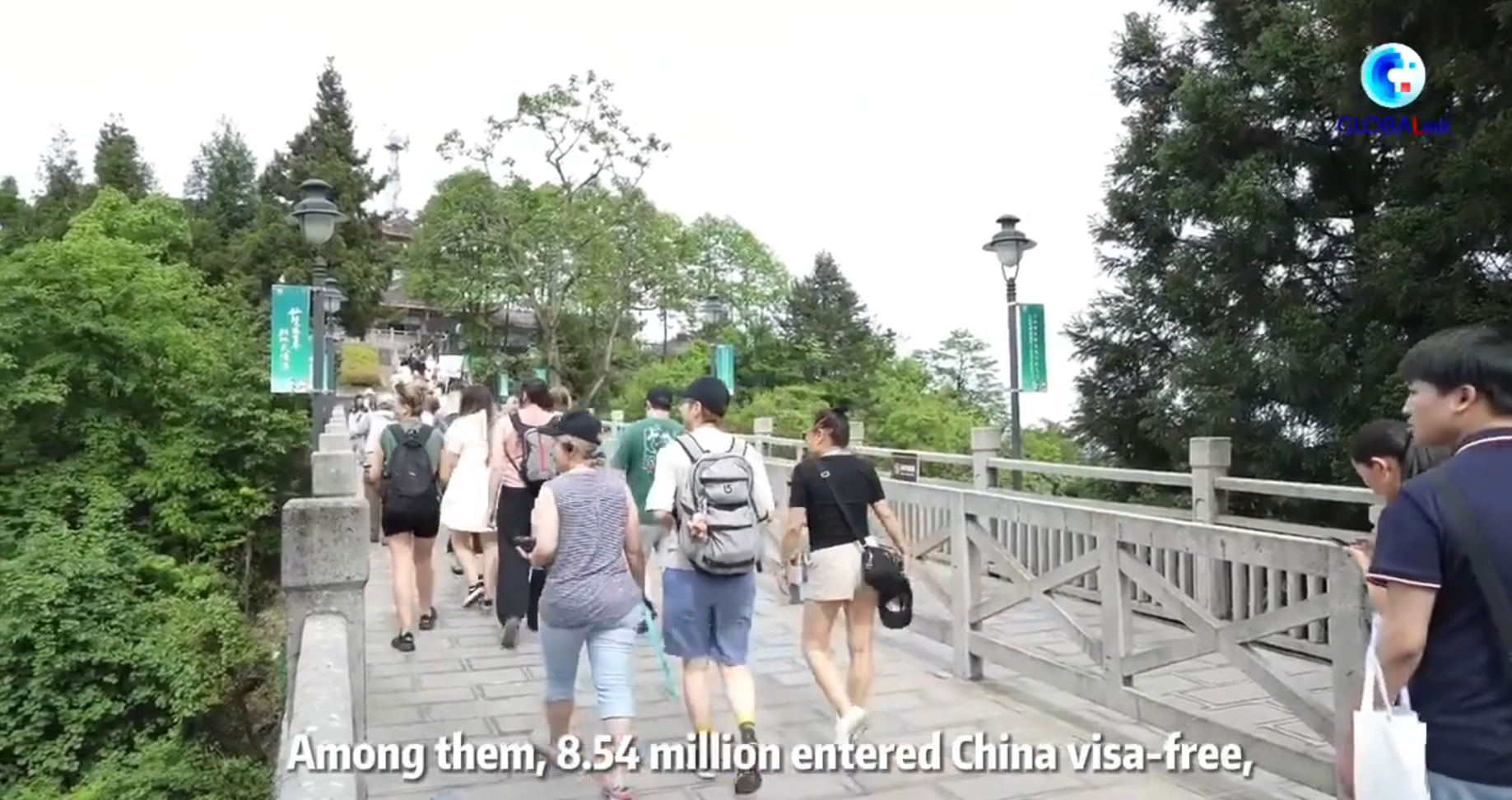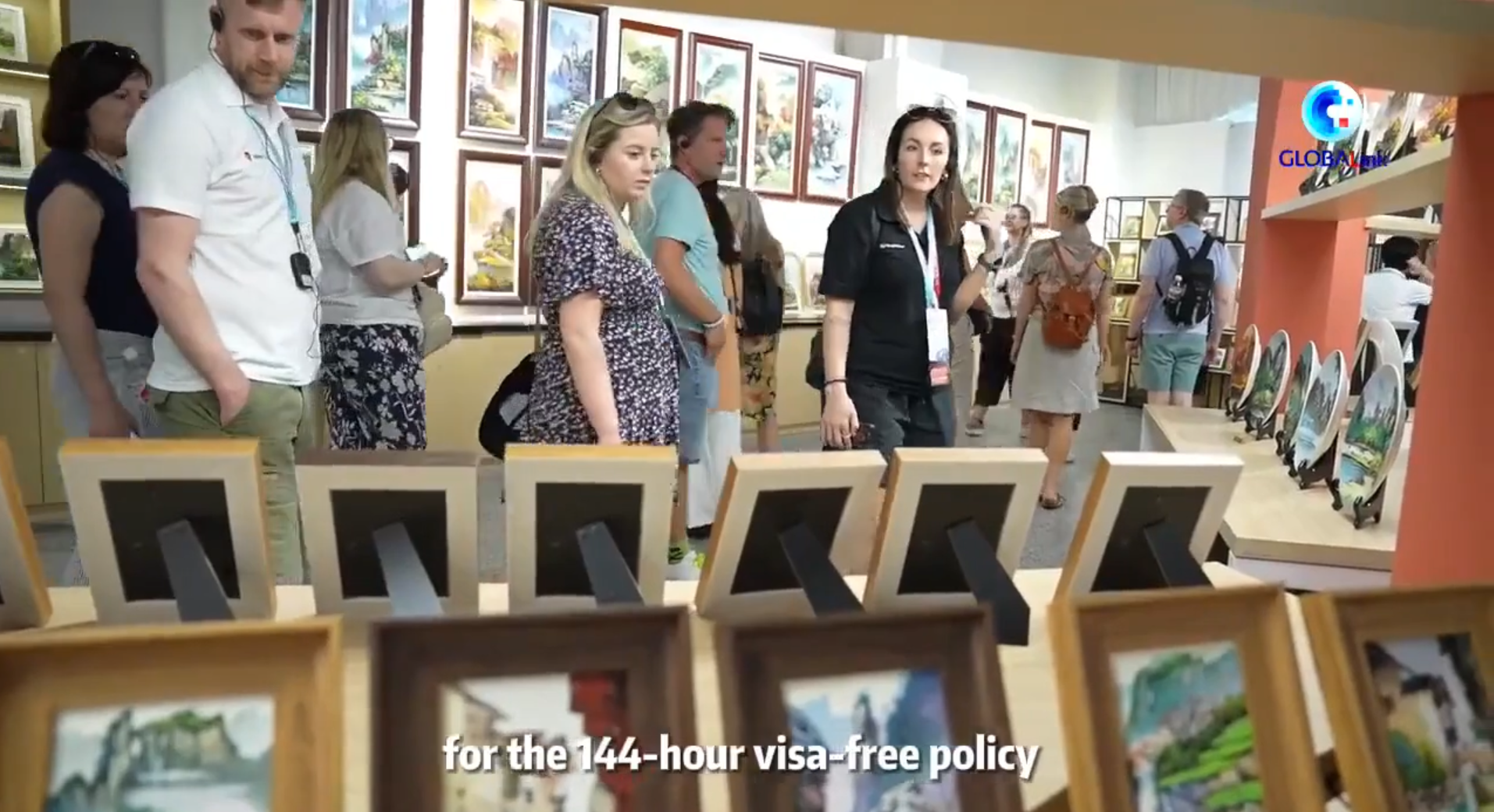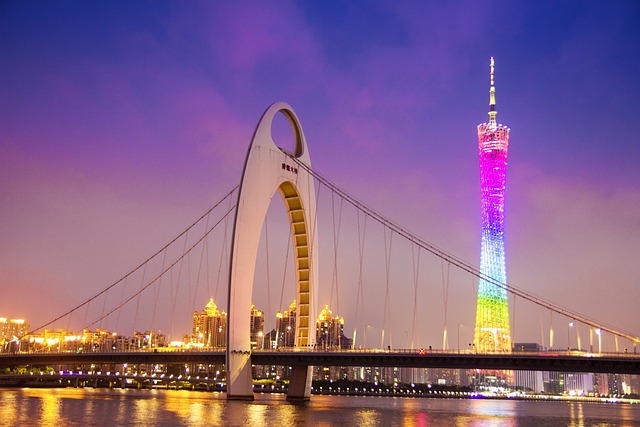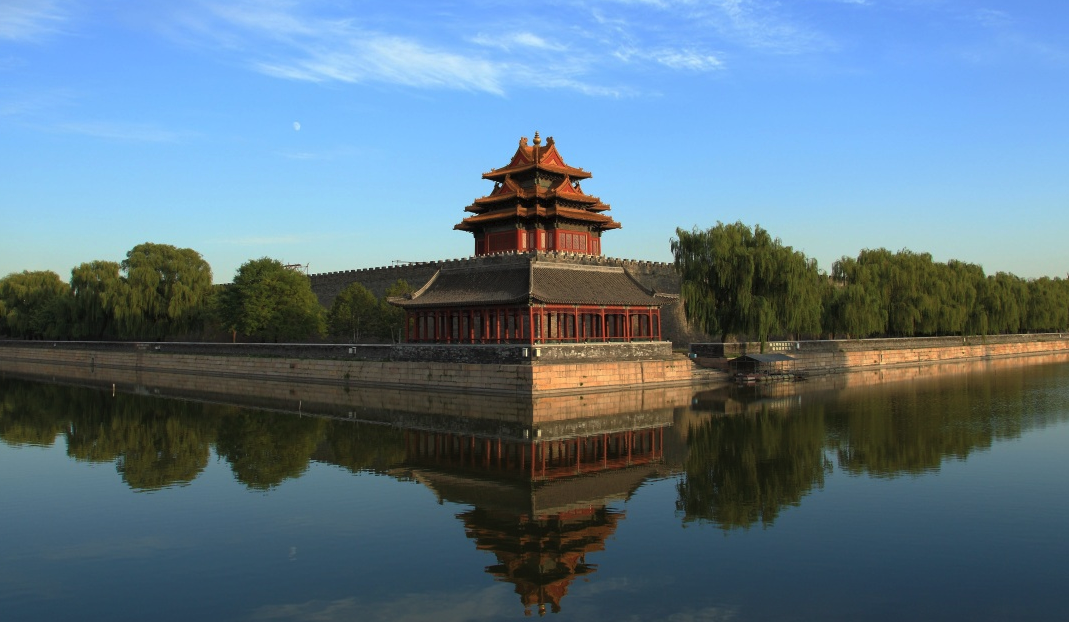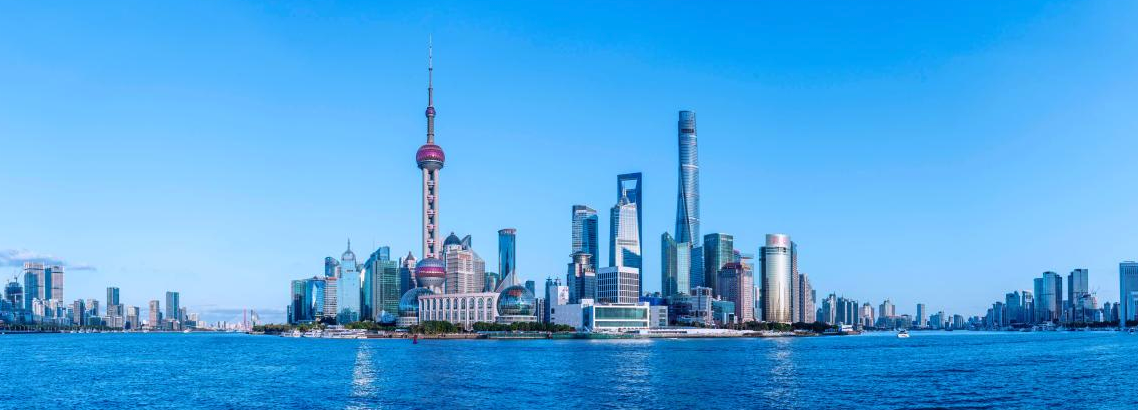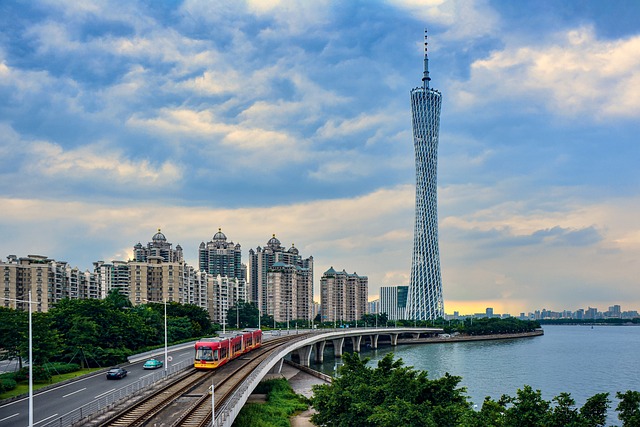Guangzhou is the third most popular city among foreigners in China. The reasons for this are varied and profound, which are mainly reflected in the following aspects:
1. Unique geographical advantages
Proximity to Hong Kong: Guangzhou as the closest big city to Hong Kong, the two in the language, culture, economy and other aspects of the high degree of compatibility, looking back at history, the rise of Hong Kong as the financial center of Asia, when the mainland has not yet opened up, Guangzhou and Hong Kong and Macao to cooperate, drive foreign trade, because of the development of cooperation on the formation of the “Hong Kong and Macao Province,” the title, Hong Kong and Macao is Hong Kong, Hong Kong and Macao are Hong Kong and Macao. Many people refer to Guangzhou as the “provincial city”, where the word “province” refers to Guangzhou rather than Guangdong province. This geographical proximity allows foreigners living in Guangzhou to quickly adapt to the environment and feel similar to that of Hong Kong.
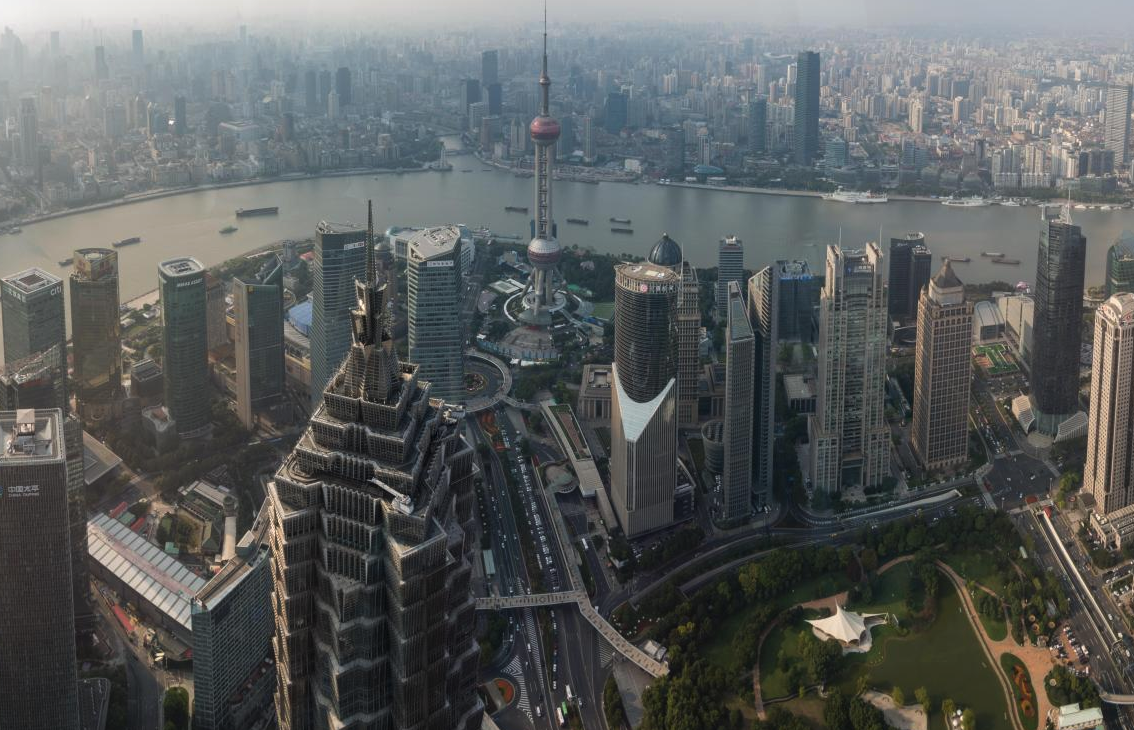
2. Language Advantages
International influence of Cantonese: Cantonese is widely spoken not only in Guangdong and Hong Kong, but also in Southeast Asia and North America. This linguistic commonality has attracted a large number of Cantonese-speaking expatriates to Guangzhou, as well as promoting cultural exchange and integration.
Inclusiveness of the linguistic environment: As an international metropolis, Guangzhou provides a good environment for people with different language backgrounds to communicate, as foreign languages such as English are widely spoken in addition to Cantonese. Many overseas Chinese communities use Cantonese as their common language.On the streets of Guangzhou, you can also find foreigners negotiating with vendors in Cantonese. As soon as a foreigner speaks Cantonese, he or she immediately enters the Guangzhou City Life Channel.
3. Advantages of trade, transport and logistics
Deep history of foreign trade: Guangzhou has been an important port for China’s foreign trade since ancient times. Modern Guangzhou is the window and forefront of China’s foreign trade, with a perfect business system and logistics network. As one of the starting points of the ancient Maritime Silk Road, Guangzhou as early as in the Tang Dynasty, in the area of today’s Gwangtar Road set up a community for foreigners (mainly Arabs and Persians) to live in the overseas – “Fanfang”, the river sails, merchant ships not far from thousands of miles across the sea and come; beads, silk and other products. The wholesale market was bustling with merchants and emissaries from all over the world, piling up mountains of pearls, silk, ceramics, tea and spices.
Influence of the Canton Fair: As the largest comprehensive international trade event in China, the Canton Fair not only attracts merchants and buyers from all over the world, but also enhances Guangzhou’s reputation and influence in the international arena.
4. Rich cultural heritage
Historical and cultural city: Guangzhou is a national historical and cultural city with a rich historical and cultural heritage and a profound cultural heritage. This cultural accumulation not only adds a unique charm to Guangzhou, but also provides a window for expatriates to understand and experience Chinese culture.
Open and tolerant cultural atmosphere: Guangzhou has been a place where Chinese and foreign cultures have mixed since ancient times, forming a unique Guangfu culture. This open and tolerant cultural atmosphere has enabled Guangzhou to attract foreigners from different cultural backgrounds to settle and develop.
5. Culinary advantages
The reputation of “Guangzhou Food”: Guangzhou is famous for its unique flavors and rich variety of food, which attracts countless diners to come and taste. This gastronomic advantage not only brings economic benefits to Guangzhou, but also enhances its international popularity and attractiveness.
Prosperous development of the catering industry: Guangzhou’s catering industry has been developing strongly, with a growing number of newly registered businesses, providing a wealth of dining options for expatriates. At the same time, the prosperity of the catering industry has also led to the overall development of the accommodation and catering industry.
To sum up, Guangzhou has become the third city in China that foreigners are keen on because of its unique geographic advantages, language advantages, advantages in commerce, transportation and logistics, rich cultural heritage as well as culinary advantages and other factors. These factors are intertwined and mutually reinforcing, and together they constitute Guangzhou’s unique urban charm and attractiveness.

